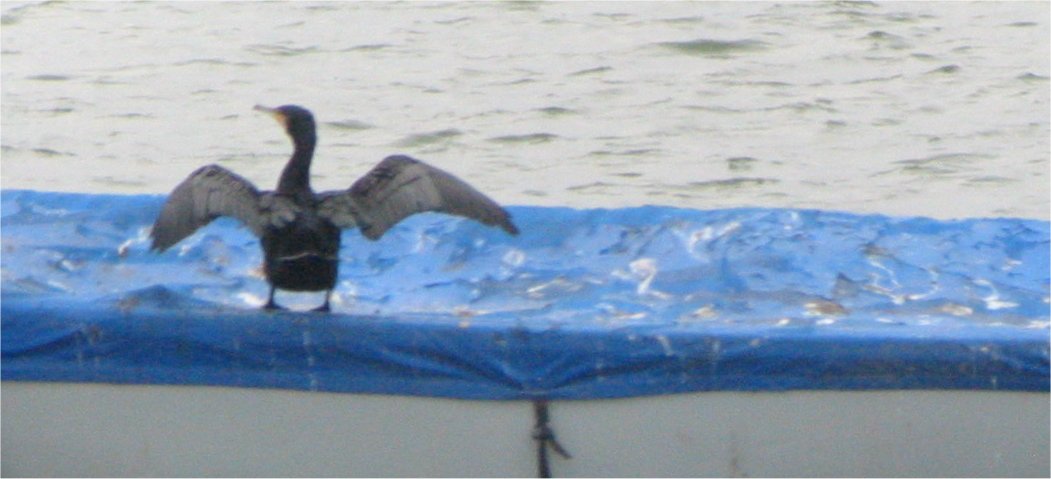A few weeks ago my parents-in-law, who have a passing interest in birdwatching, were at Carsington reservoir, which they visit quite often. When they got there they saw a lot of birdwatchers and associated expensive paraphenalia lining the dam. There, putting on a fine show in front of the dam, diving down, carrying out a triple salko, and then finishing with a bit of a song and a dance, was a Great Northern Diver, busy frolicking about in the water, close enough so that a spotting scope was definitely not needed.
Last week, as previously posted, I went along to Draycote Water to play with my new scope. I got some lovely views of grebes and goldeneye, what I didn’t notice was the Great Northern Diver that many members of Warwick Birding appear to have had the pleasure of seeing that day and all weekend. Unfortuately I had chosen that weekend to go and do the obligatory trip up to see my family so that I don’t have to bother at Christmas. Now, I have to go to work, and as it is dark I can’t even go in the evening.
I know that I am not the unluckiest birdwatcher in the world, I have heard plenty of more frustrating tales, but with the Law of Sod operating, do I go to Pitsford Reservoir, Draycote, or stick with the usual favourites this weekend? And, more to the point, will the fog lift soon enough for me to see anything, and late enough for the birds not to have made the effort to fly away before I get there?
